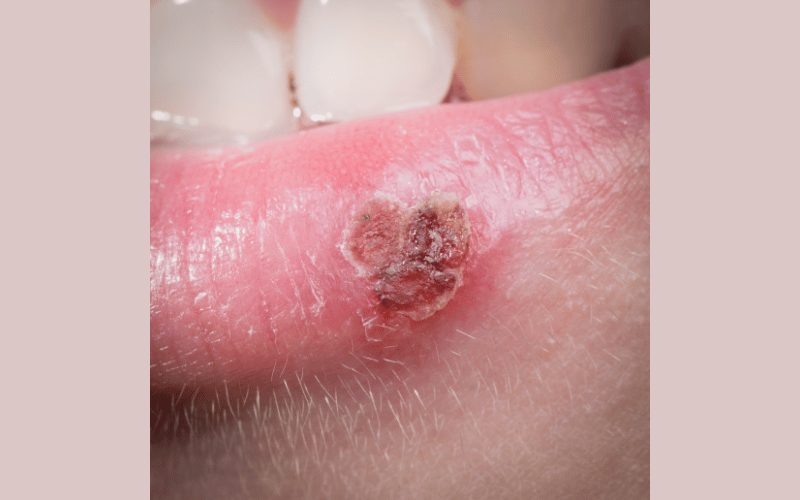5. The Crusting Phase: Healing Underway

A noticeable shift occurs post the ulcer stage. The open sore begins to dry out and a crust forms over the ulcerated area. It might be brown or yellowish, forming a protective layer over the underlying skin.
This crust isn’t just a sign of drying. Beneath it, the skin is actively healing. New skin cells are being produced, and the damaged tissue is undergoing repair. The body’s innate healing mechanisms are hard at work.
But this phase isn’t without challenges. The crust can tighten the skin, causing a pulling sensation. This pulling can be uncomfortable. When the skin stretches due to regular facial movements, like talking or smiling, the crust can crack and even bleed. It’s an odd juxtaposition—while the body is healing, this stage can sometimes feel more painful than the ulcer phase.
The environment plays a role too. Dry conditions can expedite the crusting process, making the skin even more prone to cracking. On the other hand, excessive moisture might prevent the crust from forming properly, delaying the healing.
Within this crust, remnants of the virus still linger. But its potency is on the decline. The immune system continues its vigilance, reducing the viral count and ensuring the skin underneath repairs without major scarring. (5)